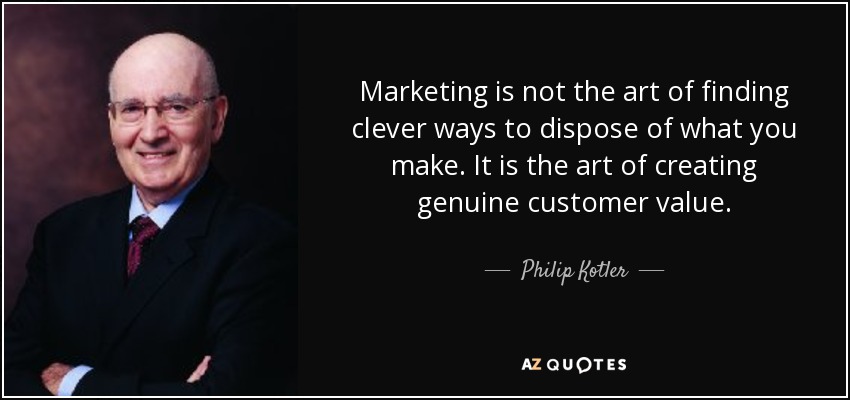Table of Contents
Introduction
Facebook advertising remains one of the most powerful marketing tools in 2025. With nearly 3 billion active users across Meta’s platforms—Facebook, Instagram, Messenger, and WhatsApp—businesses of all sizes have an unparalleled opportunity to reach their ideal customers.
But how much does it cost? The answer isn’t one-size-fits-all. Your ad spend depends on multiple factors, including your industry, targeting strategy, and even the time of year. Whether you’re a local business looking to attract nearby customers or a global brand aiming for massive reach, understanding Facebook Ad pricing is crucial for optimizing your budget.
In this guide, we’ll break down Facebook Ads costs, how they’ve evolved, and what you can expect in 2025. Whether you’re planning a new campaign or just want to make sense of your ad budget, this is your go-to resource for navigating Facebook’s ever-changing ad
Why Facebook Ads Still Matter in 2025
Let’s face it—digital marketing has gotten competitive. With the rise of platforms like TikTok and the dominance of Google Ads, you might wonder if Facebook still deserves a slice of your budget. Spoiler alert: it does.
In 2025, Facebook remains the #1 paid social advertising platform, not just because of its scale but because of its depth. You can target users based on interests, behaviors, locations, past purchases, lookalike audiences, and even their engagement with your business.
Another big reason Facebook remains relevant? Integration. Your ads on Facebook aren’t just limited to one app. They can appear on Instagram, Messenger, Audience Network, and even WhatsApp, all from one dashboard. This unified experience simplifies ad management and helps maximize your visibility.
The Evolution of Facebook’s Ad Platform
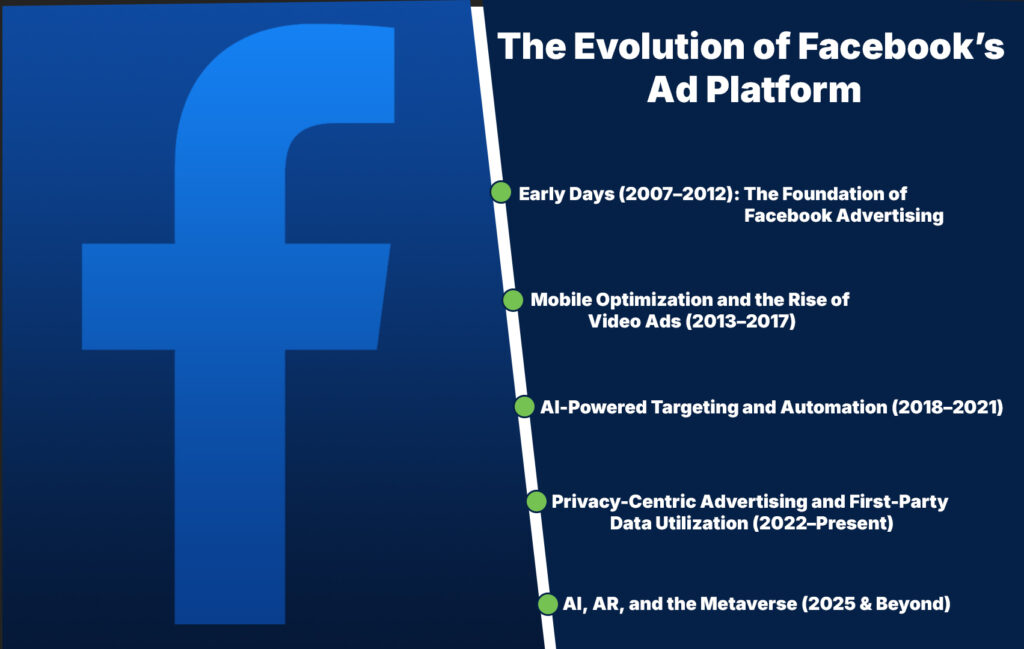
Since its inception, Facebook’s advertising platform has undergone significant transformations, adapting to changing technologies, user behaviors, and privacy regulations. As one of the most powerful digital marketing tools, Facebook Ads have evolved from basic display ads to a highly sophisticated, AI-driven system.
Early Days (2007–2012): The Foundation of Facebook Advertising
Facebook introduced its advertising platform in 2007, allowing businesses to promote pages, posts, and external websites. The initial system relied on simple targeting options, primarily based on demographics and user interests.
- Introduction of Sponsored Stories (2011): Facebook launched Sponsored Stories, which allowed brands to leverage user interactions (likes, shares, and check-ins) as advertisements.
- Instagram Acquisition (2012): Facebook acquired Instagram, laying the groundwork for cross-platform advertising and expanding its reach to younger audiences.
- Basic Ad Formats: Early ad formats focused on static images and text-based promotions, with limited automation and targeting sophistication.
While effective for brand awareness, early Facebook ads lacked the data-driven precision that would later define the platform.
Mobile Optimization and the Rise of Video Ads (2013–2017)
As smartphone usage surged, Facebook adapted its ad platform to prioritize mobile-first experiences. The introduction of mobile-friendly ad formats marked a major shift in digital marketing strategies.
- The Rise of Video Ads (2014): Facebook introduced autoplay video ads, leading to increased engagement and a shift in ad content strategies.
- Carousel Ads (2015): Businesses gained the ability to showcase multiple images or videos in a single ad, enhancing storytelling and product promotion.
- Facebook Pixel (2015): This tracking tool revolutionized conversion tracking, allowing advertisers to measure the effectiveness of their campaigns and retarget users based on website activity.
This period also saw the rise of programmatic ad buying, allowing businesses to scale campaigns with minimal manual intervention.
AI-Powered Targeting and Automation (2018–2021)
Artificial intelligence and machine learning played an increasingly central role in Facebook’s ad platform, enhancing both targeting accuracy and campaign automation.
- Lookalike Audiences (2018): Advertisers could target users who resembled their existing customers, improving conversion rates.
- Dynamic Ads (2018): These ads automatically adjust content based on user behavior, enabling more personalized marketing.
- Automated Ad Delivery (2019): AI-driven bidding strategies helped advertisers optimize their budgets without constant manual adjustments.
However, privacy concerns also began to reshape the advertising landscape. The introduction of GDPR (2018) and Apple’s iOS 14 update (2021) imposed stricter data protection policies, reducing the effectiveness of third-party tracking.
Privacy-Centric Advertising and First-Party Data Utilization (2022–Present)
In response to growing privacy concerns and regulatory changes, Facebook (now Meta) shifted its advertising model towards greater transparency and user control.
- Advantage+ Campaigns (2022): Facebook introduced AI-powered campaign automation, streamlining ad creation and optimization for better performance.
- Cookieless Tracking Solutions (2023): As third-party cookies were phased out, businesses had to rely more on first-party data, such as customer lists and engagement metrics, to maintain targeting accuracy.
- Expansion into Reels and Messenger Ads (2023): New ad placements within Facebook Reels and Messenger Conversations provided fresh opportunities for brands to reach users in a more interactive manner.
This period also saw the rise of ethical advertising, with brands prioritizing transparency, user consent, and responsible data collection practices.
AI, AR, and the Metaverse (2025 & Beyond)
Looking ahead, Facebook Ads are expected to continue evolving, with artificial intelligence, augmented reality, and the Metaverse playing a significant role in shaping digital advertising.
- AI-Driven Creative Optimization: Machine learning will further refine ad creatives, automatically adjusting visuals and messaging based on audience engagement.
- Augmented Reality (AR) Ads: Interactive AR filters and virtual try-on experiences will enhance product engagement, especially in industries like fashion and beauty.
- Metaverse Advertising: As Meta expands its virtual reality ecosystem, brands will explore immersive ad experiences within platforms like Horizon Worlds and VR shopping environments.
As these technologies mature, businesses will need to continuously adapt their advertising strategies to stay competitive in an increasingly automated and privacy-conscious digital landscape.
Factors That Influence Facebook Advertising Costs
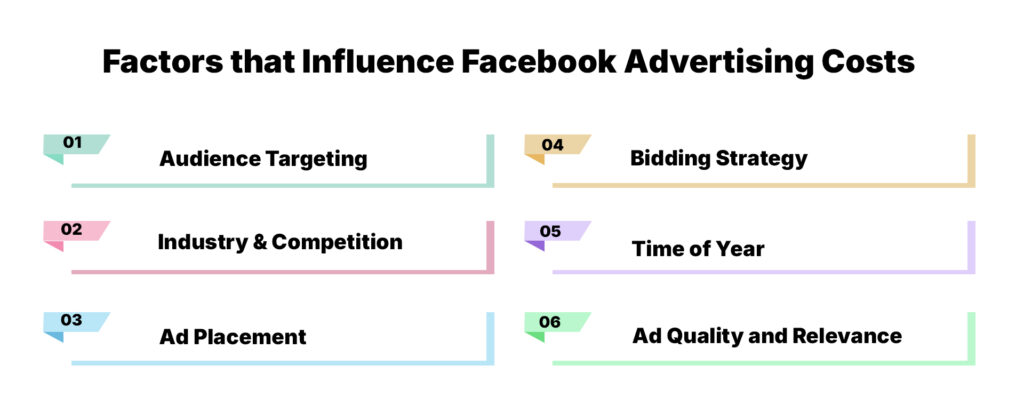
Facebook ad pricing isn’t fixed—it varies based on several key factors. Here’s what influences your ad spend in 2025:
- Audience Targeting: The more specific your audience (age, interests, behaviors), the higher the competition and cost per click (CPC). Broad targeting tends to be cheaper.
- Industry & Competition: Highly competitive industries (like finance or e-commerce) have higher ad costs due to increased demand for ad space.
- Ad Placement: Ads on Facebook’s News Feed typically cost more than those on Stories or Audience Network, where competition is lower.
- Bidding Strategy: Manual bids can give you more control over costs, while automatic bidding lets Facebook optimize for the best results within your budget.
- Time of Year: Costs rise during high-demand periods like Black Friday or holiday seasons when more advertisers are competing for attention.
- Ad Quality & Relevance: Facebook rewards engaging, high-quality ads with lower costs and better reach. Poorly performing ads can drive costs up.
Average Facebook Advertising Costs in 2025
Cost Per Click (CPC) in 2025
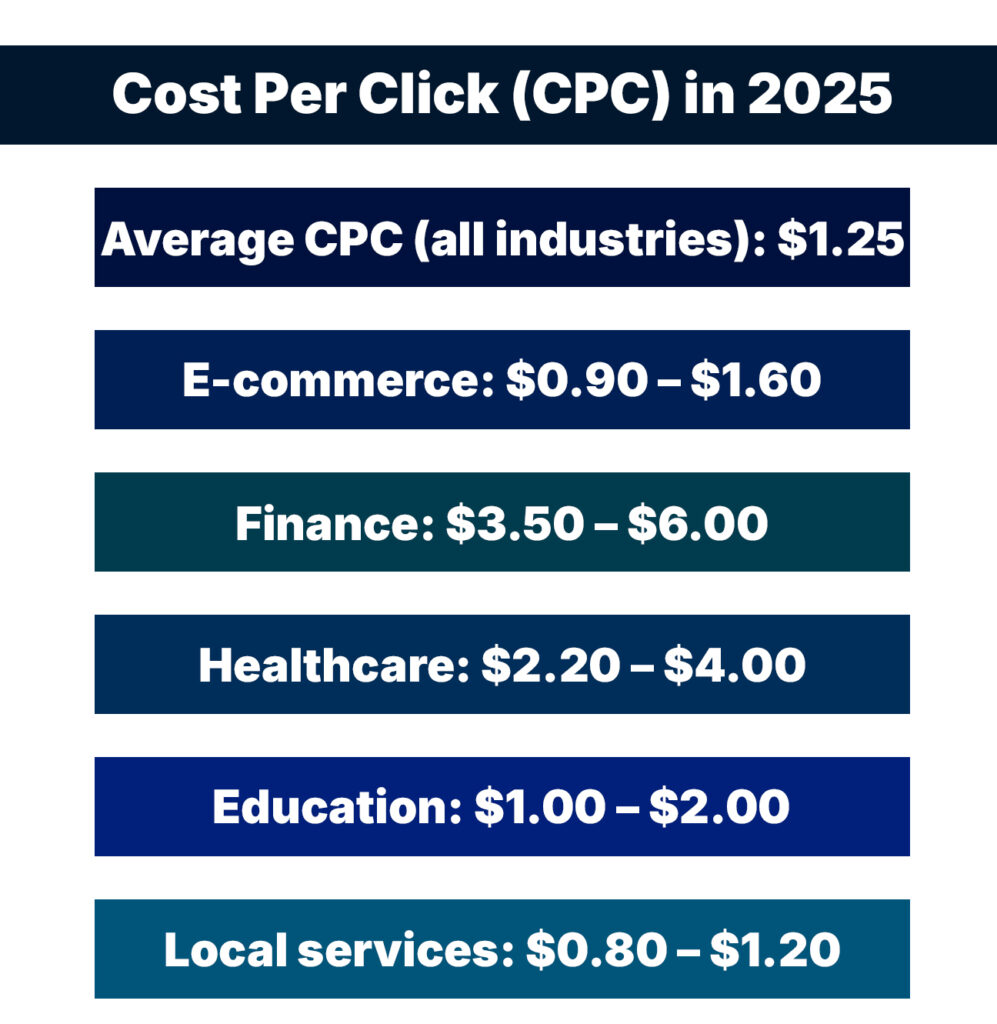
As of early 2025, the average Cost Per Click (CPC) on Facebook varies by industry, ad type, and audience targeting—but here’s a general idea:
- Average CPC (all industries): $1.25
- E-commerce: $0.90 – $1.60
- Finance: $3.50 – $6.00
- Healthcare: $2.20 – $4.00
- Education: $1.00 – $2.00
- Local services: $0.80 – $1.20
One key trend in 2025 is the rise of AI-enhanced targeting, which has helped lower CPC for some brands by improving ad relevance and reducing wasted impressions. But the trade-off is that competition has also grown fiercer, especially in profitable verticals.
Facebook rewards high-performing ads with lower costs through its ad relevance score system. The more people engage with your content (click, like, share, comment), the less you’ll pay for future impressions.
Cost Per Thousand Impressions (CPM)
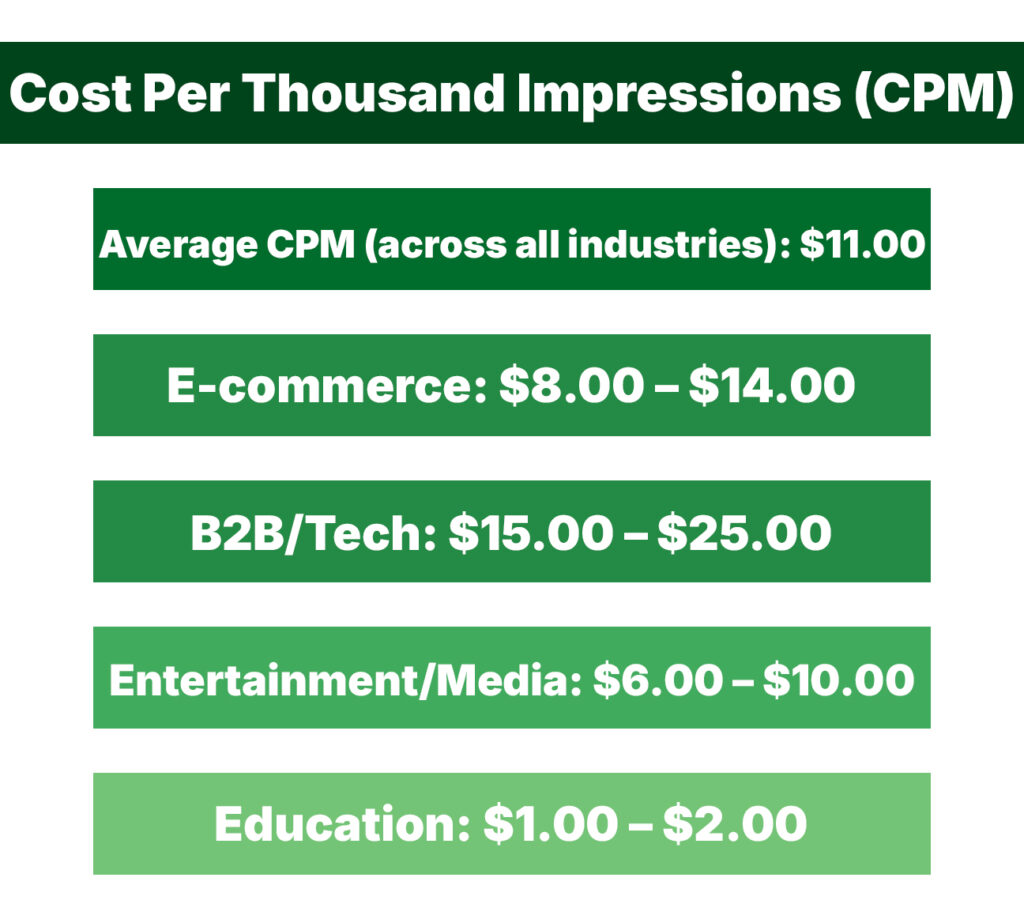
CPM, or Cost Per Mille, is another key metric for understanding ad costs. This is how much you’ll pay to reach 1,000 people with your ad. It’s especially relevant for campaigns focused on awareness or reach rather than direct conversions.
In 2025, average CPM rates on Facebook are:
- Average CPM (across all industries): $11.00
- E-commerce: $8.00 – $14.00
- B2B/Tech: $15.00 – $25.00
- Entertainment/Media: $6.00 – $10.00
- Fashion & Apparel: $10.00 – $16.00
A higher CPM doesn’t necessarily mean your ad is performing poorly—it could just mean you’re in a high-demand space. However, it does highlight the importance of optimizing your creative and targeting to ensure you’re getting real value from those impressions.
Cost Per Lead (CPL) and Cost Per Acquisition (CPA)
When running Facebook Ads, two key metrics help measure efficiency: Cost Per Lead (CPL) and Cost Per Acquisition (CPA).
Cost Per Lead (CPL)
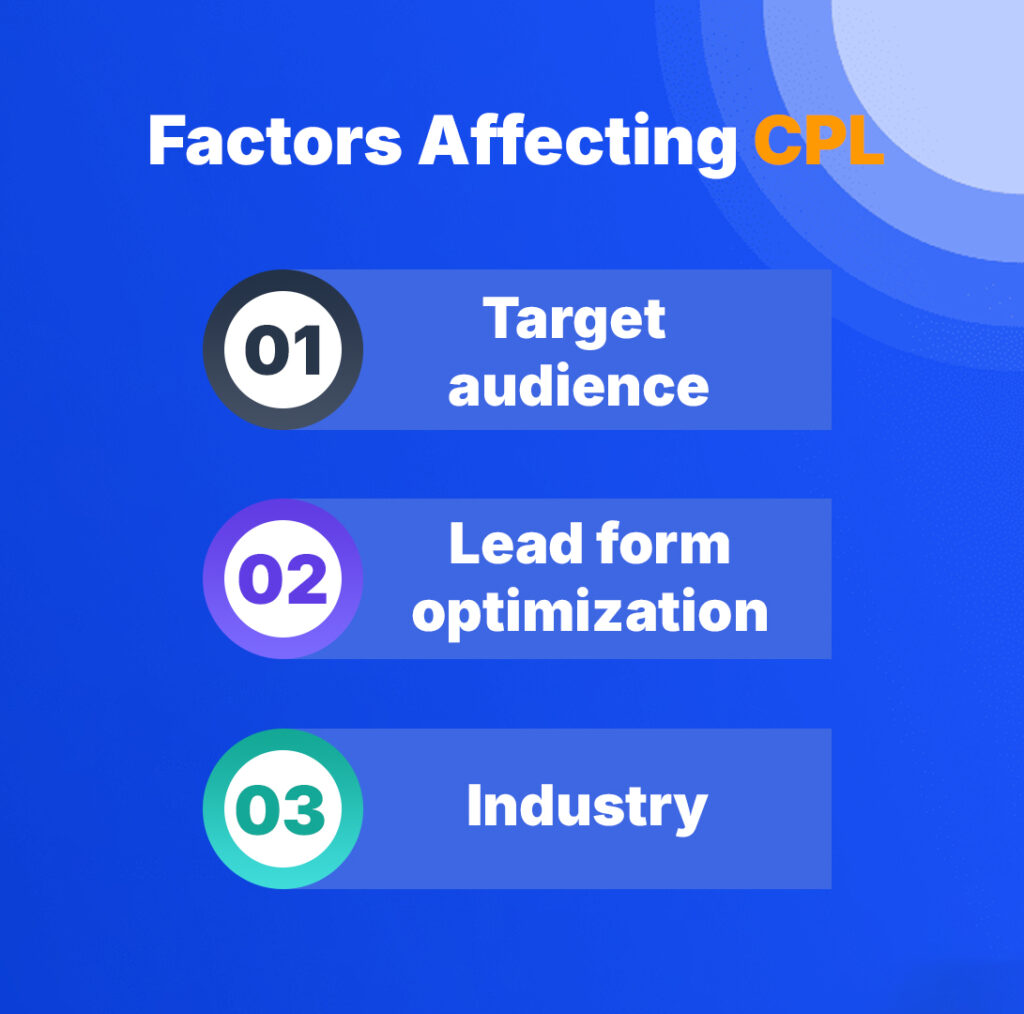
CPL refers to the amount you spend to generate a lead (e.g., someone filling out a form, signing up for a newsletter, or downloading a free resource).
Factors Affecting CPL
- Target audience (broader audiences usually lower CPL)
- Lead form optimization (simpler forms = lower CPL)
- Industry (finance, real estate, and legal sectors often have higher CPL)
- Varies widely by industry, typically ranging from $5 to $50
Cost Per Acquisition (CPA)
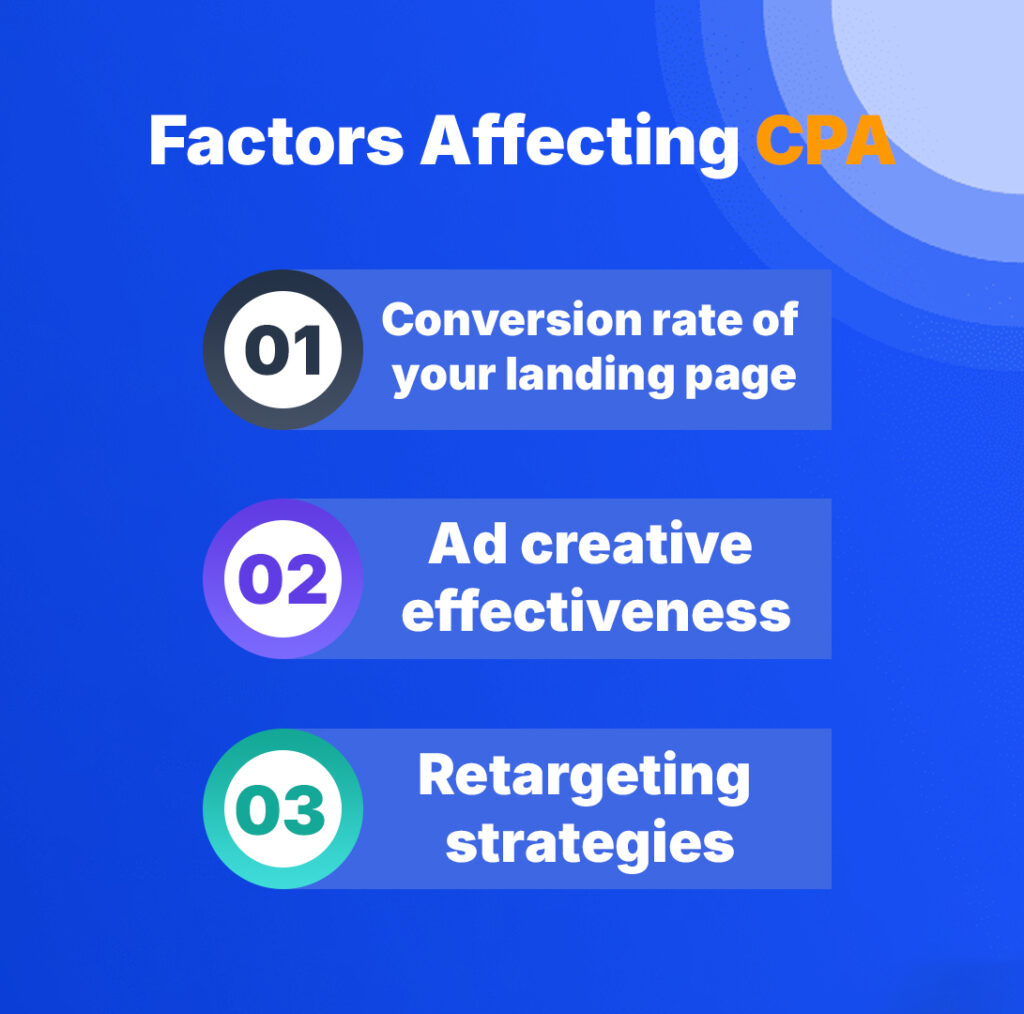
CPA measures the cost of acquiring a paying customer, whether through a purchase, subscription, or service sign-up.
Factors Affecting CPA
- Conversion rate of your landing page
- Ad creative effectiveness
- Retargeting strategies
- Generally between $10 and $100, depending on industry and audience
Both CPL and CPA help you assess your return on ad spend (ROAS) and refine your Facebook advertising strategy for better efficiency.
To improve these metrics, make sure your funnel is airtight. Don’t just drive clicks—optimize your landing pages, have a clear call to action, and follow up fast. Use retargeting to catch those who didn’t convert the first time. Small tweaks can have a massive impact on your costs.
Facebook Ad Budgeting Strategies
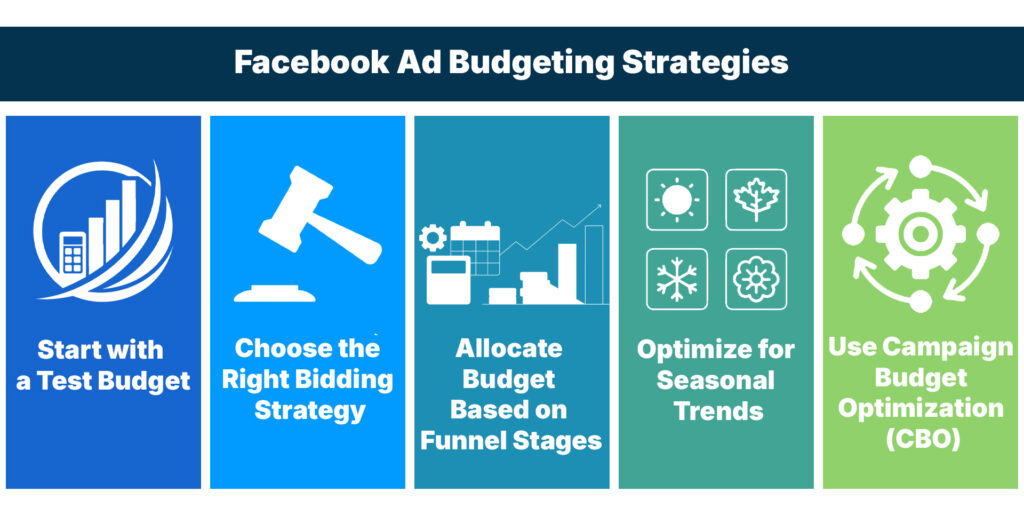
A well-planned budget can make or break your Facebook advertising success. Here are some key strategies to optimize your ad spend:
Start with a Test Budget
- Allocate a small budget ($10–$50 per day) to test different ad creatives, audiences, and placements before scaling.
- Run A/B tests to determine what works best.
Choose the Right Bidding Strategy
- Lowest Cost (Automatic Bidding): Let Facebook optimize for the best results within your budget.
- Cost Cap Bidding: Controls how much you’re willing to pay per action (good for CPA optimization).
- Bid Cap: Sets a max bid per action, ensuring you don’t overspend.
Allocate Budget Based on Funnel Stages
- Top of Funnel (Awareness): 40% of the budget – focus on reach and engagement.
- Middle of Funnel (Consideration): 30% – target warm leads with retargeting ads.
- Bottom of Funnel (Conversion): 30% – use high-intent audiences for sales or sign-ups.
Optimize for Seasonal Trends
- Increase budget during high-demand periods (Black Friday, holiday sales).
- Lower spending during slow seasons and focus on brand awareness.
Use Campaign Budget Optimization (CBO)
- Facebook’s CBO feature automatically distributes your budget across ad sets for the best results.
- Helps improve performance while minimizing manual adjustments.
By following these budgeting strategies, you can maximize your ad efficiency while keeping costs in check.
Facebook Ads Bidding System Explained
Manual vs. Automatic Bidding
When you launch a Facebook ad, you’re entering a massive, real-time auction. And just like on eBay, the bid you place can impact whether you win the placement—and what you pay for it.
In 2025, advertisers can choose between automatic bidding (let Facebook decide what to bid to get the best results) or manual bidding (you set the price you’re willing to pay per result).
- Automatic Bidding: Best for most users. Facebook uses AI to optimize your bid and tries to get the best result for your budget.
- Manual Bidding: Great for experienced marketers who know their numbers. You can cap your max cost per result and avoid overpaying.
How the Facebook Auction Works
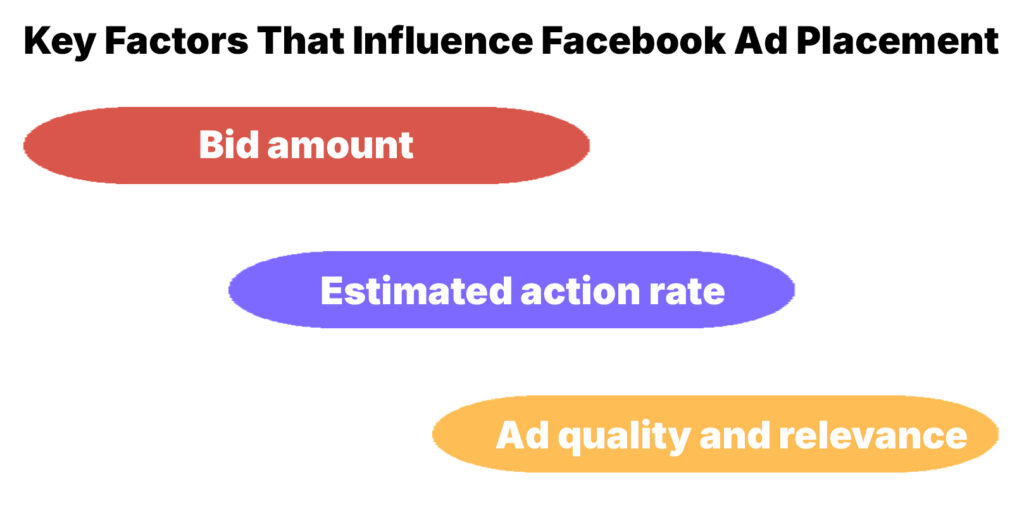
Every time someone opens Facebook or Instagram, an auction takes place behind the scenes. Facebook decides which ad to show based on:
- Bid amount: How much you’re willing to pay.
- Estimated action rate: How likely the user is to take your desired action.
- Ad quality and relevance: How engaging your ad is and how users respond to it.
It’s not just about who bids the most—it’s about who creates the best user experience. That means your creative quality, targeting, and engagement rates play a massive role in whether your ad gets shown—and how much you’ll pay for it.
Improving your quality score is one of the best ways to reduce your costs. That means writing clear copy, using eye-catching visuals, delivering on your promises, and avoiding spammy tactics.
Understanding Ad Relevance and Quality Scores
Facebook uses internal scores to measure how relevant your ad is to your audience. While you won’t see a specific “score” number like before, Facebook still evaluates:
- Engagement levels – Are people clicking, liking, commenting?
- Negative feedback – Are people hiding your ad or marking it as spam?
- Landing page experience – Does the user get what they expected after clicking?
If your ads perform well in these areas, Facebook will reward you with lower CPCs and better placement. If not, your costs will rise—even if you have a big budget. This makes ad testing and optimization non-negotiable. Monitor your metrics closely, adjust your creative and targeting, and keep testing to stay ahead in 2025.
The Future of Facebook Ad Pricing
How AI and Automation Are Changing Costs
In 2025, Meta’s AI plays a bigger role than ever. Campaigns like Advantage+ Shopping and Smart Targeting help advertisers automate everything—from bidding to creative to delivery.
These tools optimize in real-time and often lower costs by improving relevance. However, they require trust—you give Facebook more control in exchange for efficiency.
The Role of Privacy Changes and iOS Updates
Since the iOS 14+ updates, advertisers have faced reduced tracking capabilities. In response, Facebook has improved its Conversions API, server-side tracking, and modeled data accuracy.
While targeting is slightly less precise, Facebook’s AI compensates through predictive analytics and lookalikes based on internal behavior signals. The net result? Slightly higher CPAs, but better user data compliance.
Conclusion
Facebook advertising in 2025 is more dynamic—and more competitive—than ever. Costs have risen slightly across the board, but so has the platform’s ability to deliver high-quality results when used effectively.
If you want to keep your costs low and your results high, focus on quality creatives, precise targeting, and ongoing optimization. Use Facebook’s evolving tools to your advantage, track every click, and adapt quickly to what the data tells you.
Whether you’re working with $100 or $10,000, success in Facebook Ads isn’t about how much you spend—it’s about how smart you spend it.

